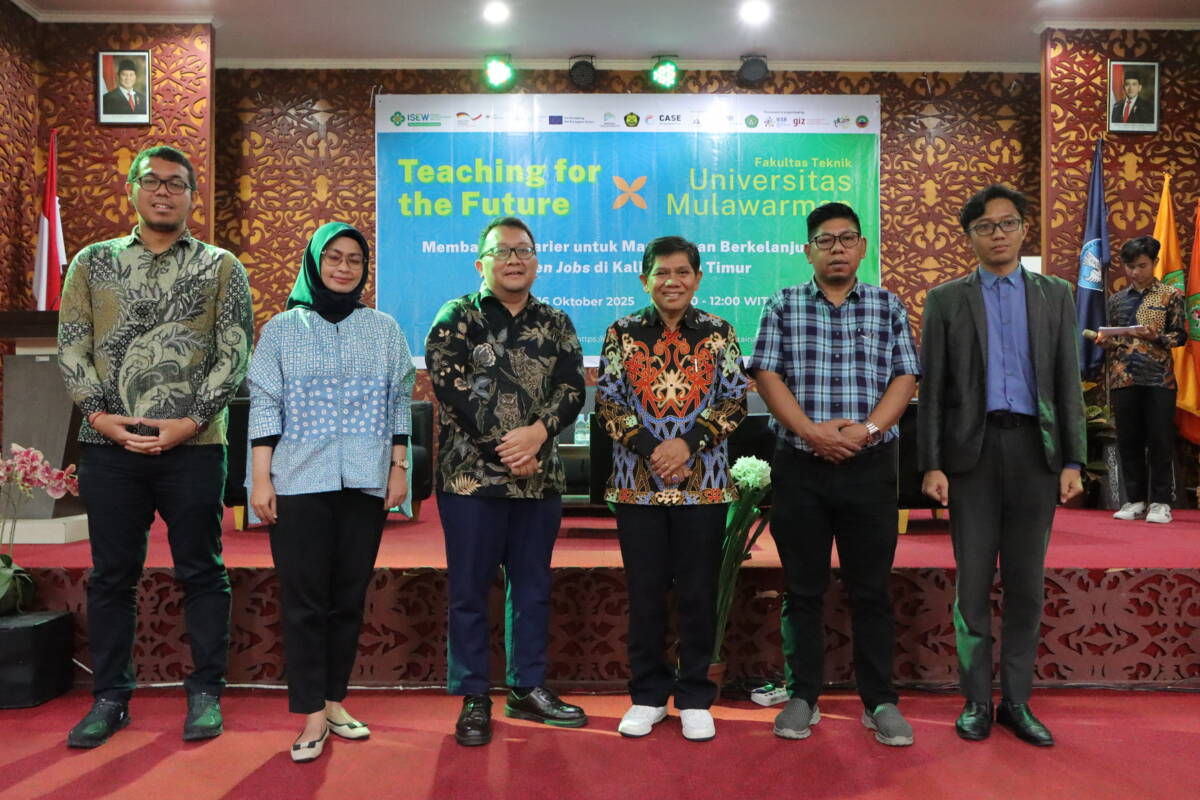
Building a Sustainable Future in Coal-Producing Regions
Samarinda, October 17, 2025 – In several regions such as East Kalimantan, green economic development is starting to show positive impacts on regional grow... Read more.
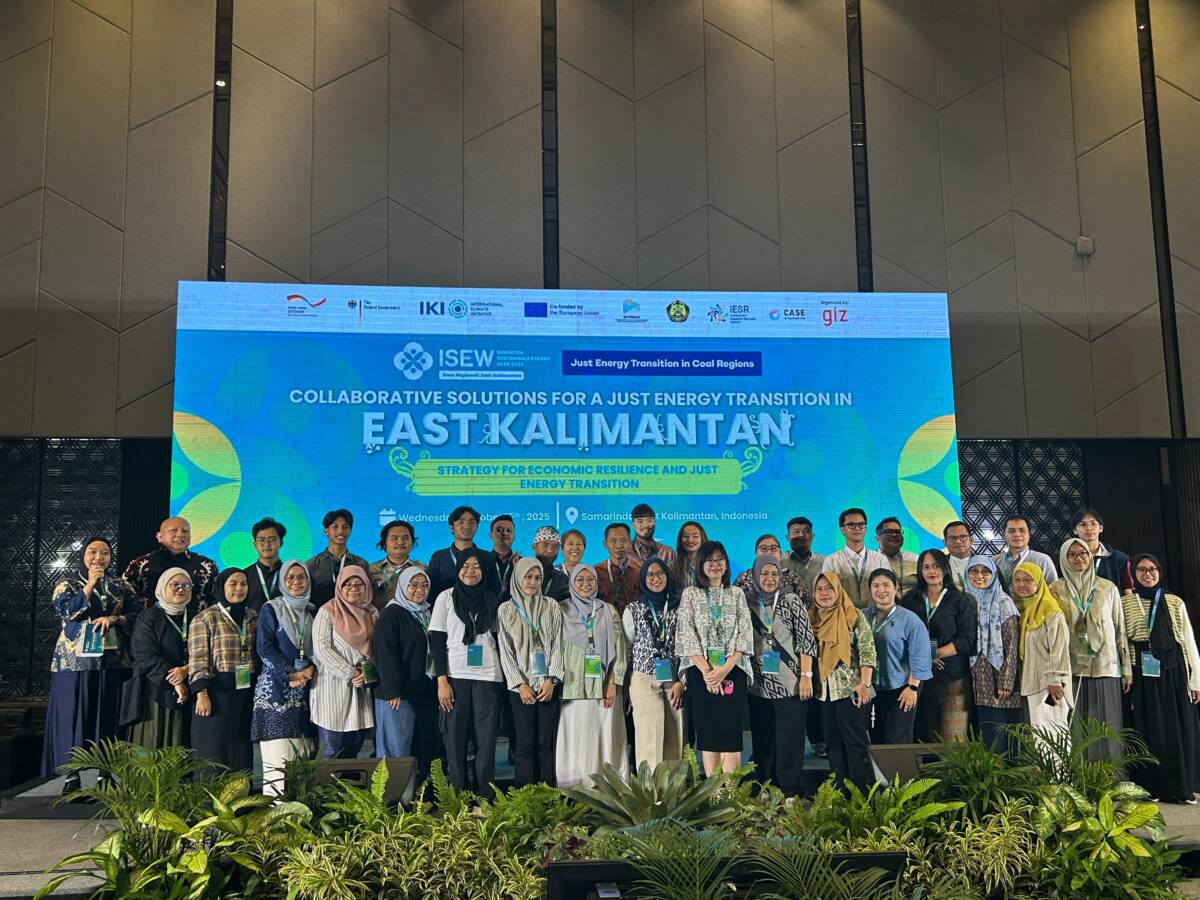
Guiding an Inclusive Energy Transition in Coal-Producing Regions
Samarinda, October 15, 2025 – Synchronization among actors is the main key to encouraging a just energy transition, accompanied by strengthening human res... Read more.
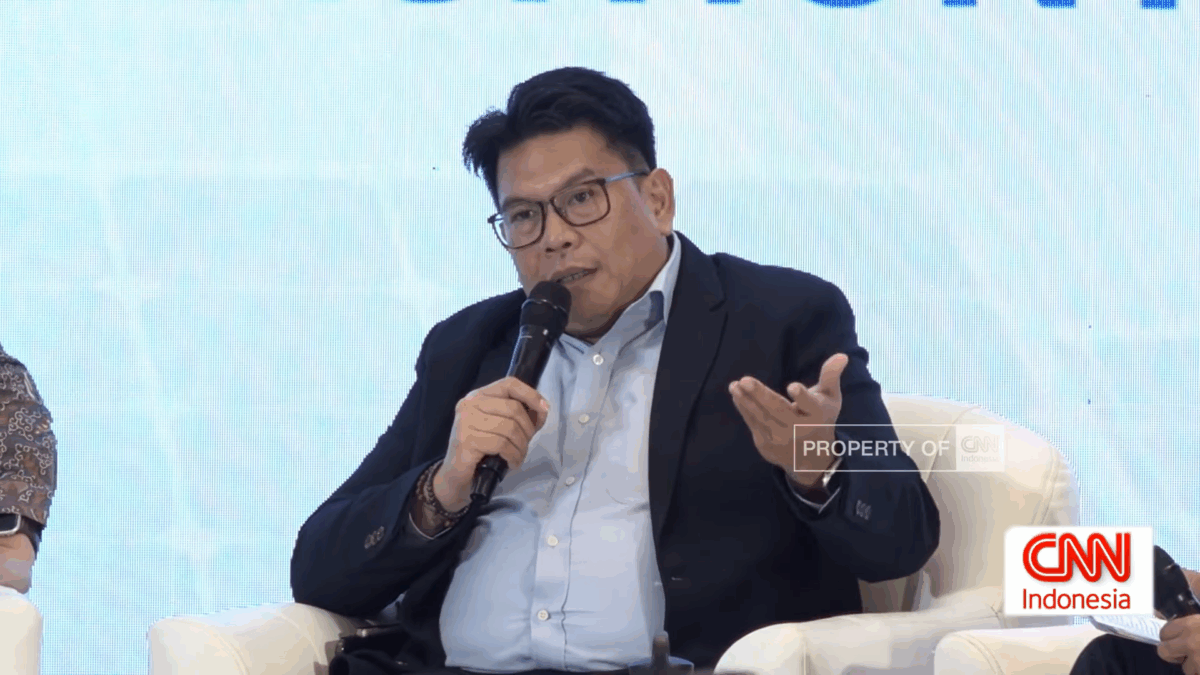
Why Isn’t Green Hydrogen Widely Used Globally?
Jakarta, October 13, 2025 – Green hydrogen is a potential solution in the global energy transition from fossil fuels to renewable energy. However, green h... Read more.
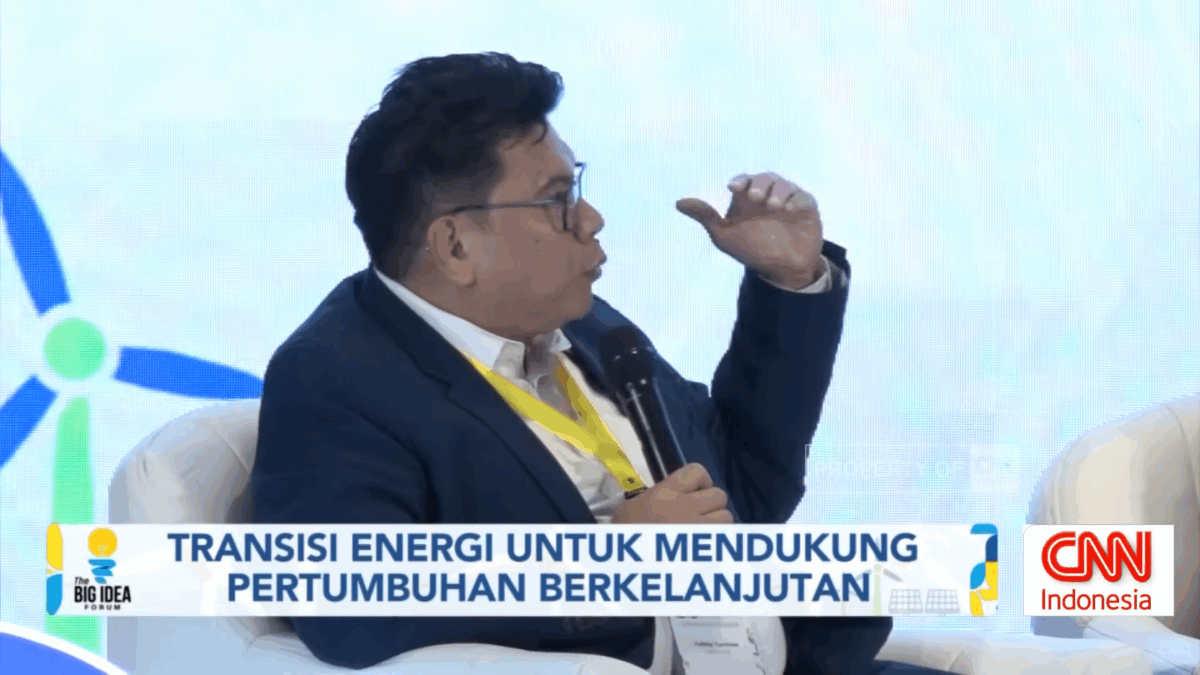
Energy Transition Needs to Be Accelerated to Respond to the Climate Crisis
Jakarta, October 13, 2025 – The energy transition is a necessity if Indonesia is to achieve sustainable growth. This was stated by Fabby Tumiwa, Chief Exe... Read more.
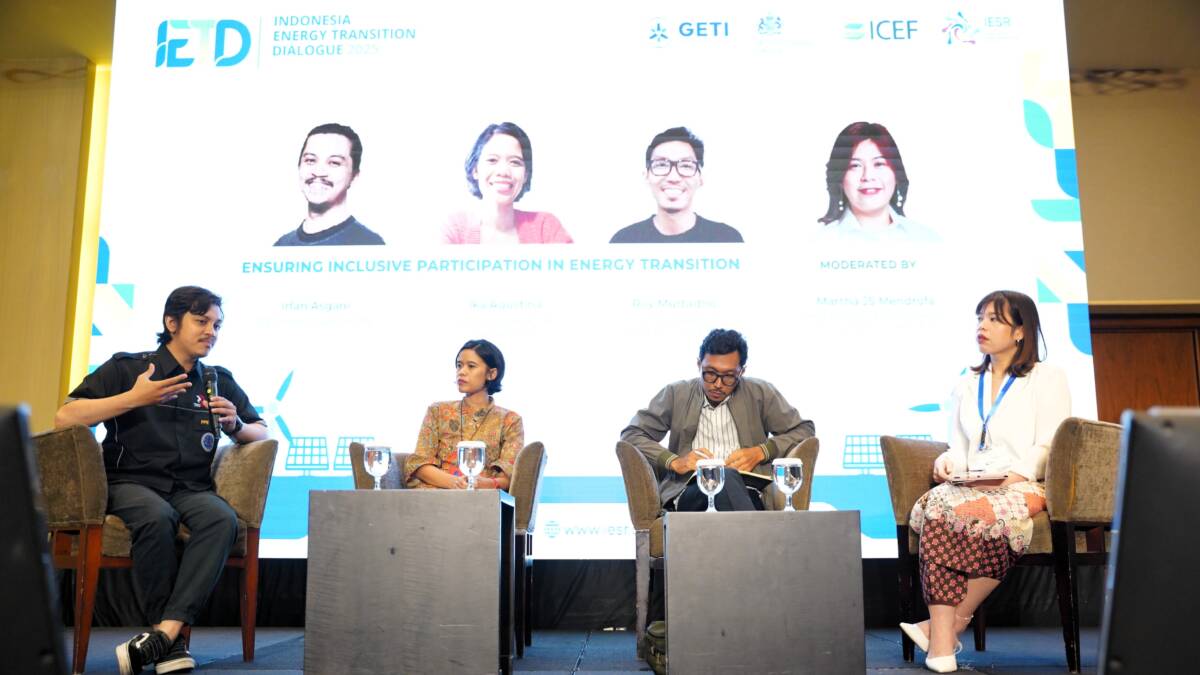
Achieving a Just and Inclusive Energy Transition in Indonesia
Jakarta, October 13, 2025 – A just and inclusive energy transition in Indonesia is a crucial step to ensure that the transformation to clean energy source... Read more.

Energy Independent Villages: Building Prosperity from Local Renewable Energy Sources
Jakarta, October 13, 2025 – Many regions in Indonesia, especially those in remote and island areas, still face limited electricity supply. This condition ... Read more.
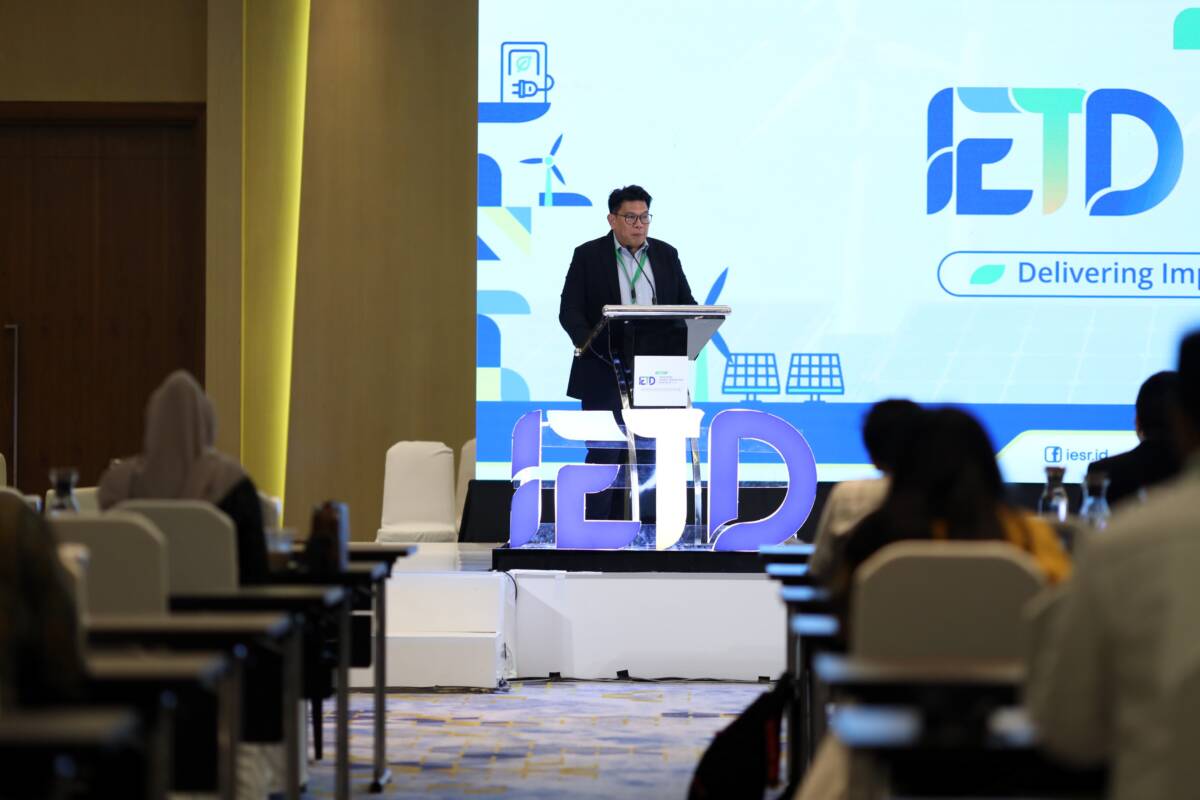
IETD 2025: Three Key Recommendations for Achieving an Impactful Energy Transition
Jakarta, October 8, 2025 – Indonesia has developed a roadmap for its electricity sector energy transition to achieve the net zero emissions (NZE) target b... Read more.
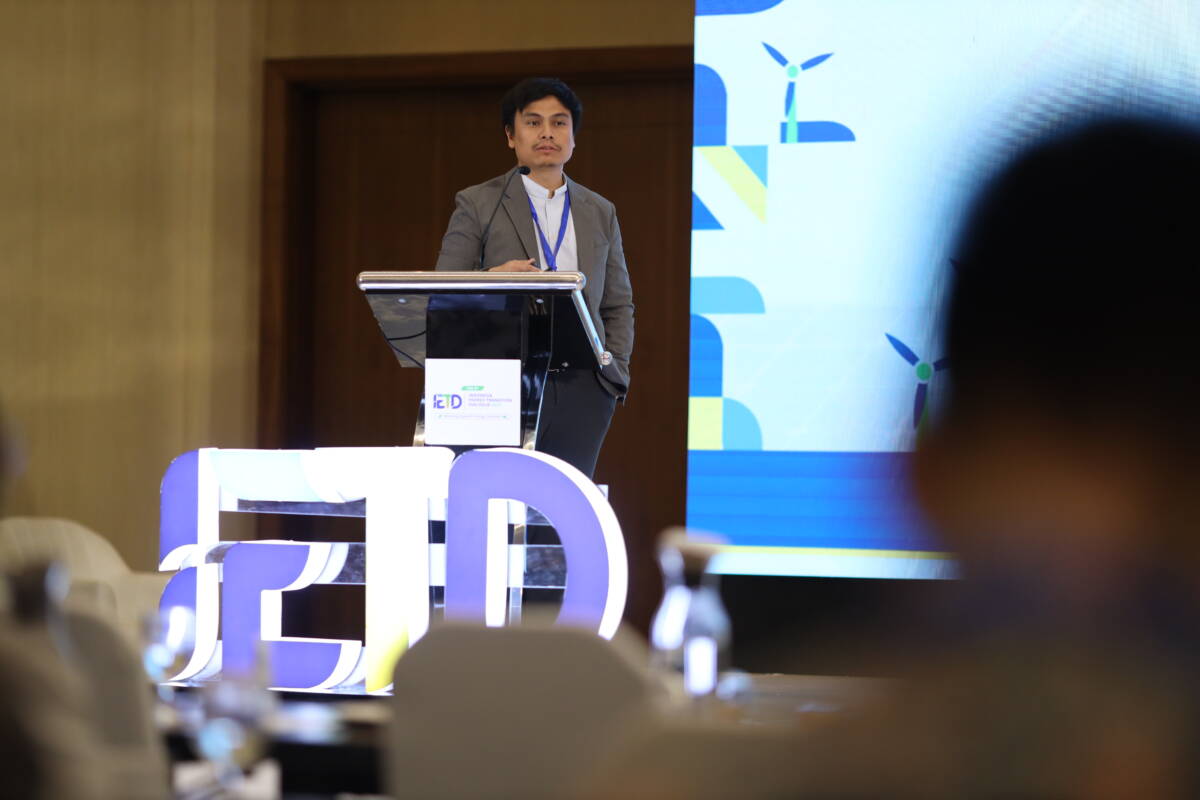
Overcoming Energy Transition Barriers with Renewable Energy Procurement Process Reform
Jakarta, October 7, 2025 – The Government of Indonesia has set a total renewable energy capacity addition target in the National Electricity General Plan (RUK... Read more.
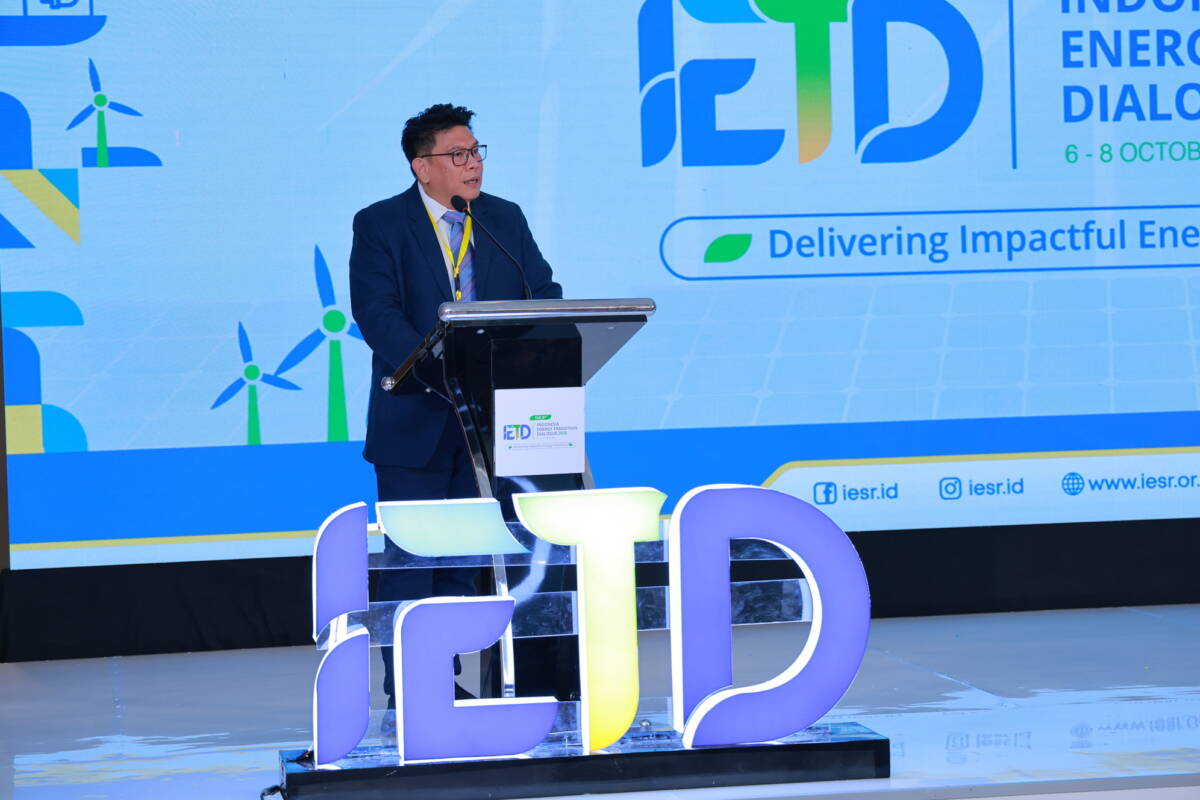
Energy Transition as a New Engine of Economic Growth
Jakarta, October 6, 2025 – President Prabowo’s ambition to achieve 8% economic growth and realize the Indonesia Emas 2045 vision can be pursued through acce... Read more.
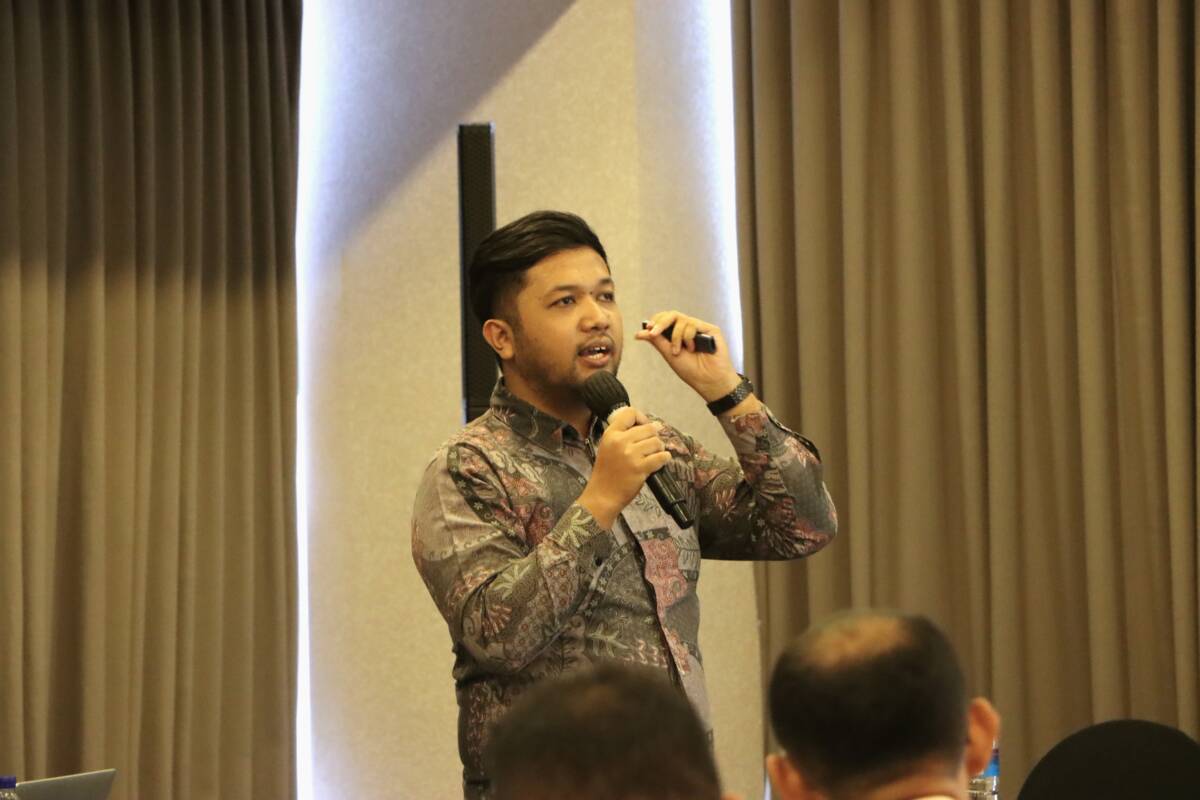
Efforts to Realize Renewable Energy Utilization in NTT
Kupang, October 2, 2025 – East Nusa Tenggara (NTT) Province is an archipelago in eastern Indonesia. It comprises 609 islands, but only 42 are inhabited, a... Read more.
